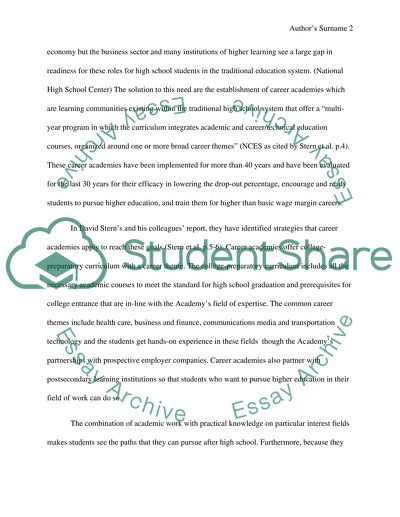Cite this document
(“New teaching method Essay Example | Topics and Well Written Essays - 1500 words”, n.d.)
Retrieved de https://studentshare.org/literature/1477398-new-teaching-method
Retrieved de https://studentshare.org/literature/1477398-new-teaching-method
(New Teaching Method Essay Example | Topics and Well Written Essays - 1500 Words)
https://studentshare.org/literature/1477398-new-teaching-method.
https://studentshare.org/literature/1477398-new-teaching-method.
“New Teaching Method Essay Example | Topics and Well Written Essays - 1500 Words”, n.d. https://studentshare.org/literature/1477398-new-teaching-method.


